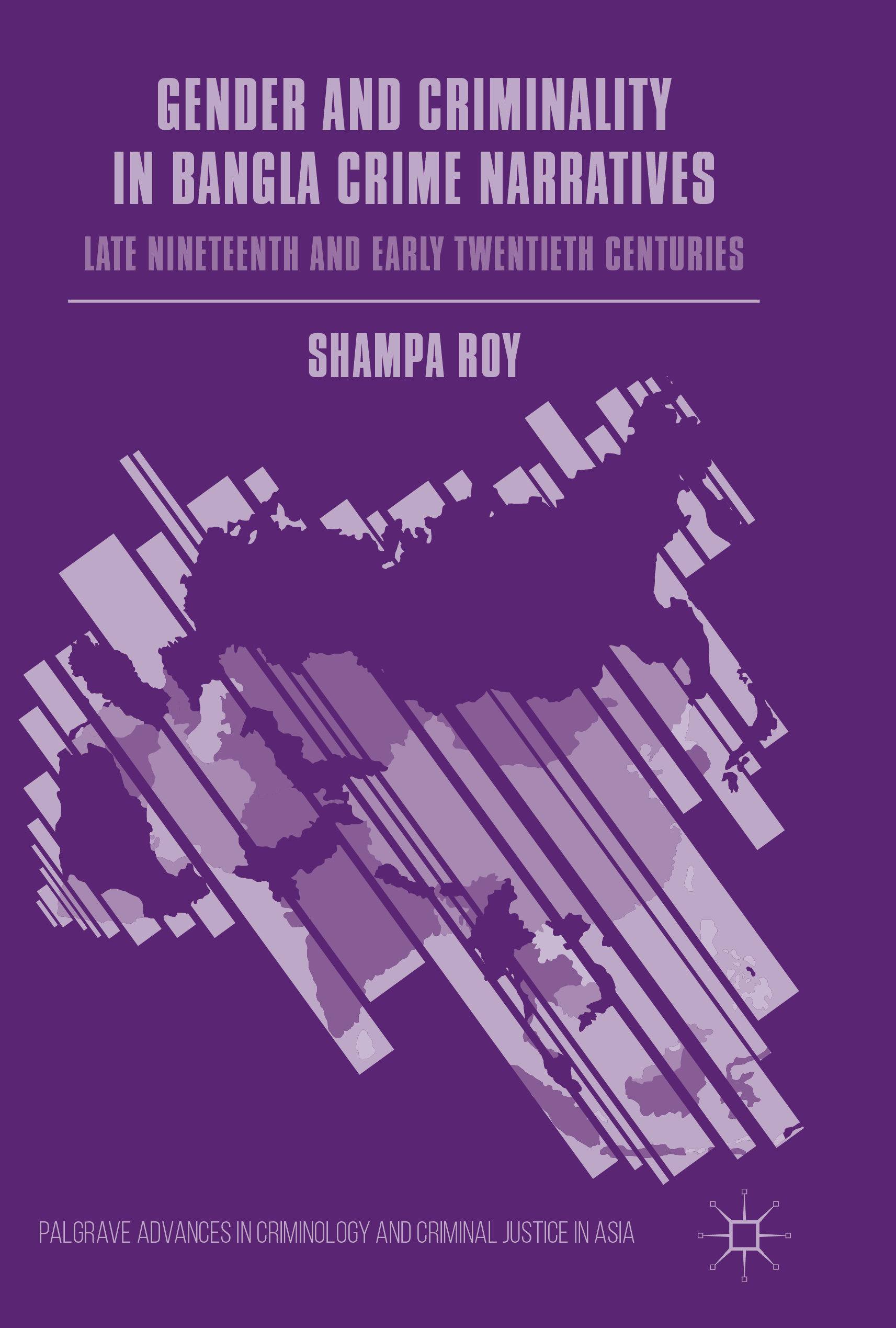Gender and Criminality in Bangla Crime Narratives: Late Nineteenth and early Twentieth Centuries
Gender and Criminality in Bangla Crime Narratives: Late Nineteenth and early Twentieth Centuries examines Bangla writings related to crime in the late 19th and early 20th century Bengal in terms of gender.




